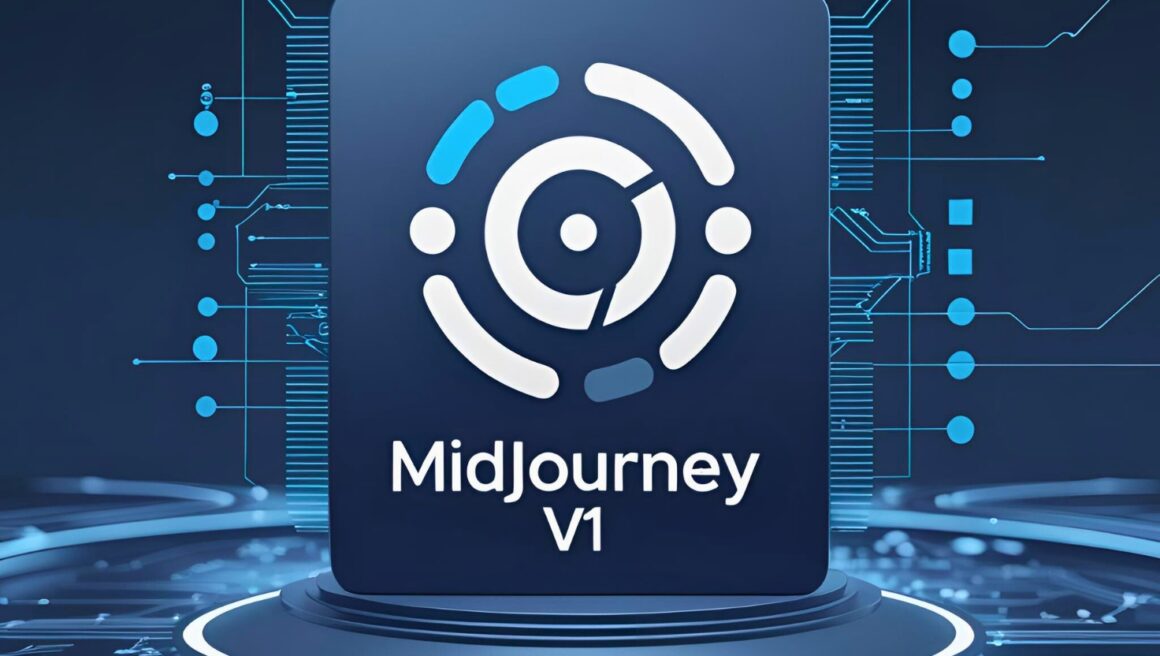At first, I thought it was a hoax. Some overhyped Reddit post claiming a text prompt—just a few words!—could spin itself into a living, breathing animation. I’d seen generative art before. DALL·E, Stable Diffusion, sure, they’re impressive in that Frankenstein-doing-acrylics kind of way. But moving art? Like, actually moving with emotional weight and coherent flow, all born from a string of words typed into a box? Get outta here. Then I saw Midjourney V1. And I shut up.
There’s something unnerving about watching your imagination get outpaced by a machine. It used to be that artists had the monopoly on awe. A film scene, a painting, a performance—these were earned moments, crafted through sleepless nights and bleeding knuckles and the slow burn of obsession. Now? You type “a girl walking through a thunderstorm made of glass and memory,” and Midjourney V1 births a visual poem in motion before your coffee’s even cold. It’s beautiful. It’s haunting. It’s infuriating.
Because here’s the truth we don’t wanna say out loud: this thing doesn’t just replicate art. It challenges the very soul of how we define creativity. Midjourney V1 is a tectonic shift hiding behind a sleek Discord bot and a demo reel. It doesn’t ask for our permission. It doesn’t wait for our comfort. It just creates, fast and eerily good. And honestly, that should scare the hell out of us.
I’m not anti-AI. Hell, I use it every day. I’ve even collaborated with image models like they were some quirky, slightly autistic co-writer who spits out wild ideas and occasionally forgets the laws of physics. But there’s something deeper happening here. Midjourney V1 isn’t content with still images. It wants to move. And in doing so, it trespasses on sacred ground. Animation, film, kinetic storytelling—those used to be the high temples of human expression. Now they’re just more terrain to colonize.
It’s not just about the visuals. It’s about the feeling. The unsettling realization that this system isn’t just good at mimicking. It’s getting better at evoking. I watched one clip generated by Midjourney V1—just 15 seconds long—and it gutted me. A mechanical bird trapped in a blizzard, wings flickering like dying neon. No human touched it. No storyboard, no keyframes, no composer. Just a prompt and a machine that somehow knew how to make me feel like I was watching my own dreams die in slow motion.
You can call it progress. I call it a reckoning.
Of course, the defenders will say it’s a tool, nothing more. They always do. The same way camera manufacturers swore photographers wouldn’t replace painters. The same way digital art platforms said it wouldn’t harm traditional artists. The same way generative text models said they wouldn’t flood the internet with slop. Spoiler alert: they did. And they are. And they will.
Midjourney V1 is not just a “tool.” It’s a mirror held up to our deepest creative assumptions—and what it reflects isn’t always pretty. Do we care about the process, or just the result? Do we value the struggle of creation, or are we content with dopamine hits from algorithmically perfect beauty? If an AI can make you cry with a 10-second loop it made in 3 milliseconds, does that emotion matter less? Or more?
And while we’re here, can we talk about the corporate sterilization of creativity? Because you know what’s coming. Licensing deals. “Brand-safe” aesthetic filters. CEOs foaming at the mouth to pump out endless Midjourney-generated content for ad campaigns, movie trailers, music videos, because why hire a team when you can squeeze out infinite visuals from a server farm in Ohio? Forget the starving artist—soon we’ll have starving animators watching machines get Emmy nods.
Let me be clear. This isn’t a Luddite tantrum. This is a warning. If we don’t slow down and actually think about what we’re building, we’re gonna automate ourselves right out of the joy of creation. And maybe that’s the darkest irony of all—Midjourney V1 can already simulate the emotion of a masterpiece, but we’re the ones losing our ability to feel it.
Artists aren’t just decorators. They’re interpreters of chaos. Translators of pain and joy and contradiction. But now? Now we risk replacing them with a machine that knows all the styles, all the tropes, and none of the truth. A machine that never lived, never suffered, never tried. And we’re cheering it on.
If you think I’m exaggerating, take a look at this. Watch the clips. Look into the eyes of characters no human ever drew. Then ask yourself if you’re watching the future of animation—or its funeral.


Leave a Reply